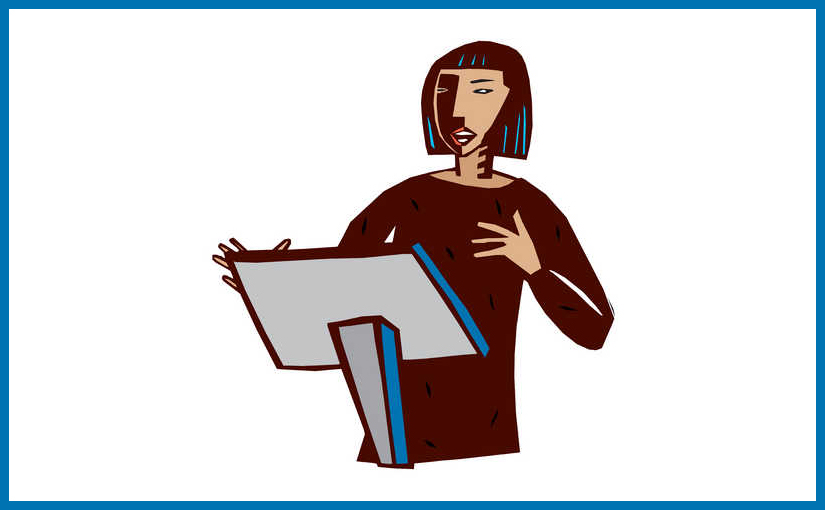These lists are useful for the PhD researchers I work with most frequently. Sign up for those you find interesting and please email me with others I might add.
Opportunities listings
e-artnow is an electronic information service distributing selected e-mail announcements related to contemporary visual arts. e-artnow is an artists’ initiative Users create their own announcement online: e-artnow sends it out.
Subscribe here
axisweb is a UK-based resource but features international opportunities. Has many resources and showcases artists work via pages that are easy to set up. Useful if you don’t have a website. It requires a paid subscription for opportunities
Artists Newsletter a-n is anotherUK-based resource but features international opportunities. Stimulates and supports contemporary visual arts practice and affirms artists’ value in society. With over 19,000 members, we focus on conversations around the critical and professional environment for the visual arts, bringing together artists, art students, producers, arts professionals, researchers, arts organisations and universities. Jobs and opportunities are found here.
The Leonardo Network Newsletter is sent out via email twice a month and includes news, information about upcoming events, calls for papers, announcements about projects, opportunity listings and more. Sign up to receive the Leonardo Network Newsletter.
How to develop your art career
Artquest shares the resources, networks and opportunities you need to develop your visual arts practice. See the opportunities listings here which is updated every day. See also the ‘how to’ guides for every part of an artist’s career. From exhibiting, to earning money and more. Everything you need to know about sustaining a career as a practitioner is here.
Academic career in the arts
The biggest organisation in US is the College Arts Association. Its annual conference is useful for US networking and getting a paper there is a good move if you plan a US job search (but no published conference proceedings)
Business cards
moo.com business cards with one text on the back and up to 50 different designs on the front. Great for artists who want to make cards with different images of their work


